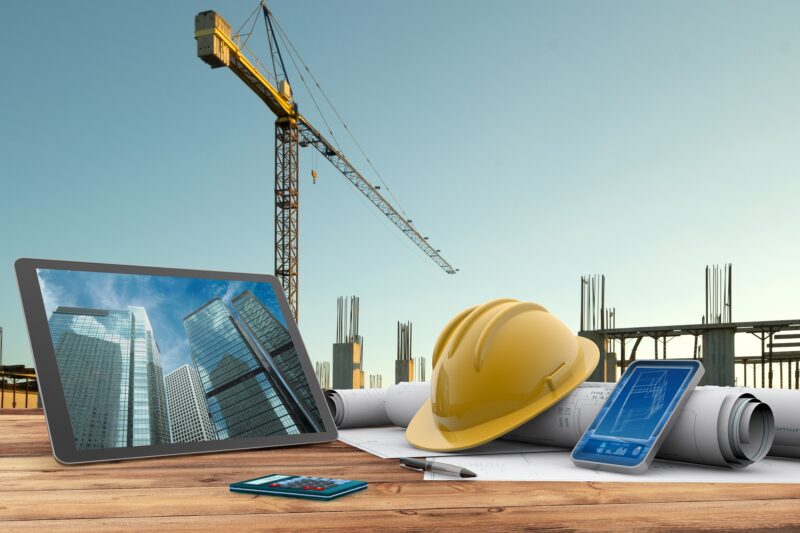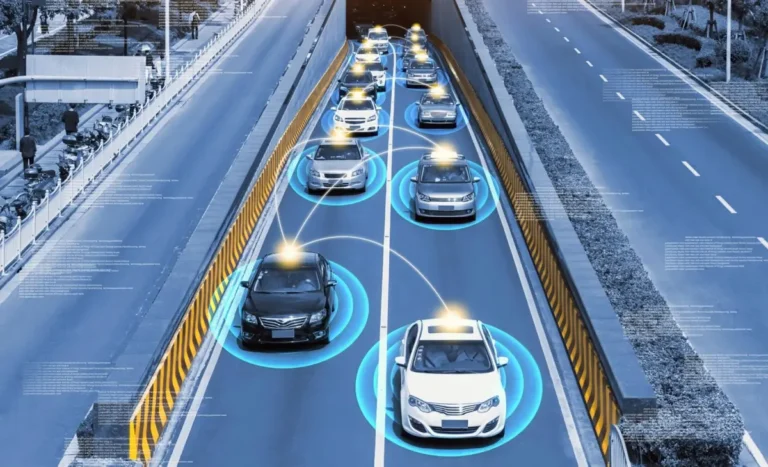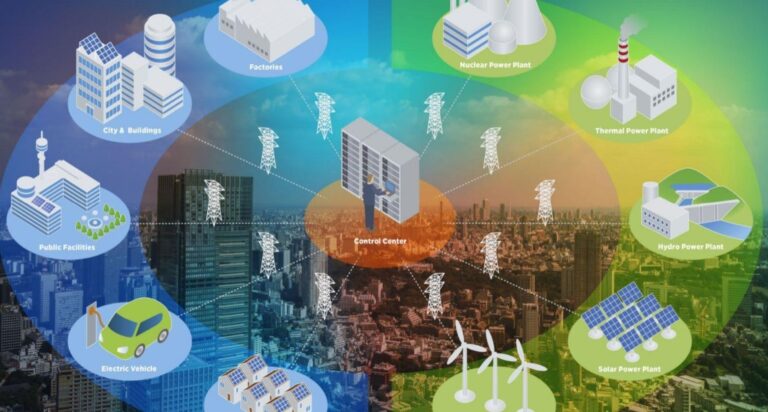As digital infrastructure expands, the demand for facilities that can support next-generation computing has never been greater. Edge computing—bringing data processing closer to where it’s generated—is reshaping how we think about connectivity, performance, and efficiency. For the construction industry, this shift presents a unique opportunity to bridge the gap between physical structures and digital ecosystems. From integrated systems to climate-controlled spaces, modern facilities are being built not just to shelter servers but to optimize how they perform.
Platforms like Document Crunch are already helping project teams streamline contract and compliance workflows, which is a crucial step in delivering smart, tech-ready buildings that support edge infrastructure.
As IT requirements influence building design and functionality more than ever before, construction professionals and technology leaders must work together to ensure that the physical foundation matches the demands of a digital-first world.
Understanding the Role of Edge Computing in Construction Projects
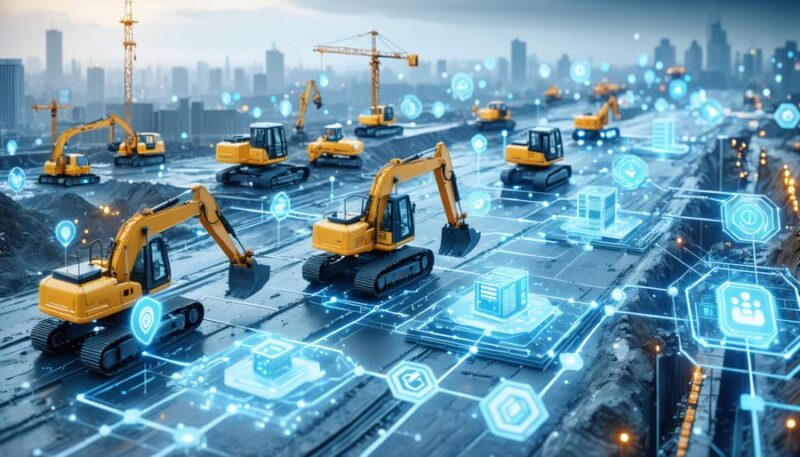
Edge computing refers to the process of processing data closer to its source, rather than relying solely on centralized data centers. For industries like healthcare, manufacturing, and logistics, this model delivers faster response times, reduced latency, and improved reliability. To enable this, organizations require specialized facilities—smaller, decentralized, and often in urban or remote locations.
These edge facilities need to support not only IT equipment but also advanced cooling, backup power, and security infrastructure. For construction teams, this means adapting building practices to accommodate server density, airflow systems, and layered access controls—all while keeping the footprint lean and the scalability high.
Smart Design for Smart Infrastructure
Designing facilities for edge computing goes beyond basic utility. Architects and engineers must consider how the physical layout affects system performance and long-term efficiency. That means creating buildings with purpose-built zones for hardware racks, redundant power supplies, and high-speed fiber connectivity.
Environmental control is another key factor. Edge facilities often operate in environments that lack the climate stability of large-scale data centers. As a result, smart buildings must integrate temperature and humidity controls, predictive maintenance systems, and AI-powered monitoring solutions from the start.
Construction professionals play a critical role in coordinating these elements early in the design phase, ensuring seamless integration between structure and system.
Aligning Project Delivery with IT Requirements
In traditional construction, IT often enters the conversation after the walls are up. But with edge computing, IT requirements must drive the initial planning stages. This includes not only spatial and utility needs but also compliance with security standards, data protection regulations, and operational continuity protocols.
General contractors and project managers must align construction timelines with network deployment schedules, ensuring minimal downtime and immediate functionality upon completion. Prefabricated modular builds are gaining popularity in this space, allowing construction teams to deliver facilities with tighter tolerances, faster timelines, and greater consistency.
Successful delivery hinges on constant communication between construction and IT stakeholders—breaking down silos and fostering real-time collaboration throughout the project lifecycle.
Integrating Automation and Real-Time Monitoring
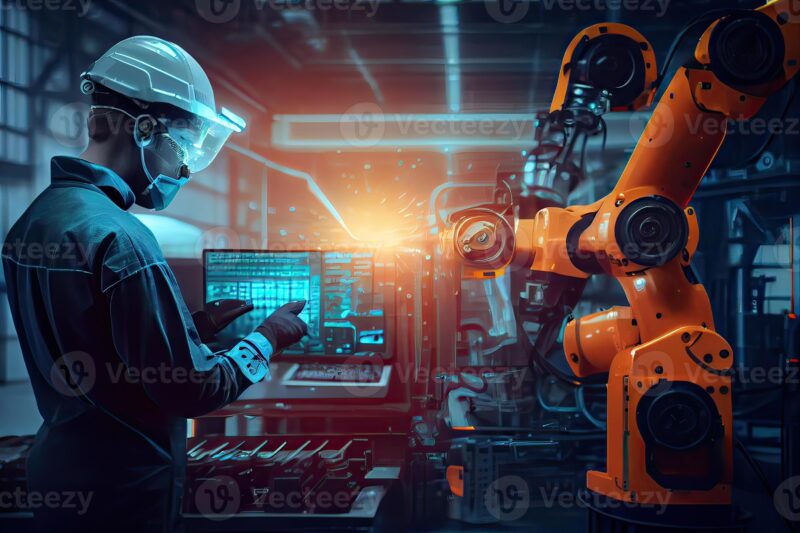
Smart facilities require smart construction methods. That includes embedding sensors, automated systems, and digital monitoring tools into the infrastructure from day one. These features allow operators to track power consumption, system health, environmental metrics, and physical access in real time.
Construction teams can support this by working with integrators to ensure proper installation of sensor networks, cabling, and system control panels. It’s not enough to build a shell and hand it off—modern projects demand a deeper understanding of how each component interacts within the larger digital ecosystem.
The more intelligent the building, the more efficient and resilient it becomes—delivering value not just at launch, but throughout its lifecycle.
Meeting the Challenge of Scalability and Flexibility
Edge computing evolves quickly. What works today may need to scale or pivot tomorrow. Smart facilities must be designed with adaptability in mind—allowing operators to expand capacity, reconfigure layouts, or repurpose space without disruptive renovations.
Construction professionals can support this by implementing modular floor plans, flexible utility pathways, and structural systems that accommodate change. Future-ready buildings must balance performance with agility, ensuring that each facility can adapt to new technologies without starting from scratch.
This requires close collaboration between design, engineering, and IT teams from day one, with clear documentation and accountability to guide future upgrades or adjustments.
Embracing Sustainability in Digital Infrastructure
As edge computing grows, so does its energy footprint. The construction industry must take responsibility for delivering facilities that meet performance goals while minimizing environmental impact. That includes integrating energy-efficient materials, smart lighting systems, renewable energy sources, and water-efficient cooling.
Green building certifications such as LEED or BREEAM can be incorporated into edge facility planning, supporting both operational efficiency and corporate ESG goals. Construction teams must stay ahead of energy trends and work closely with sustainability consultants to deliver smarter, greener infrastructure.
Sustainable edge facilities are no longer a luxury—they’re a necessity in a world where digital growth and environmental stewardship must go hand in hand.
Looking Forward

The rise of edge computing is redefining the intersection of construction and IT. No longer separate disciplines, they are now interdependent parts of a larger system that powers modern life. As the demand for speed, efficiency, and data localization increases, so too will the need for construction professionals who understand the unique demands of digital infrastructure.
Building for the edge requires precision, foresight, and constant innovation. It demands that architects, engineers, and builders work hand in hand with technology leaders to deliver environments that are not only functional but truly intelligent.
By embracing this shift, the construction industry can become a key driver of the digital transformation—laying the foundation, both literally and figuratively, for a smarter, faster, and more connected world.

